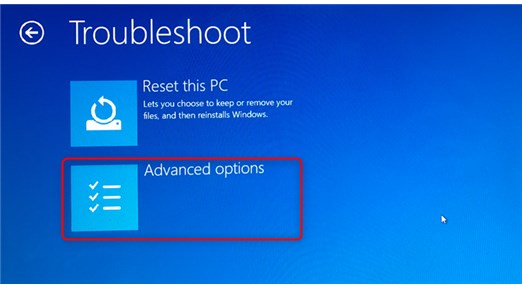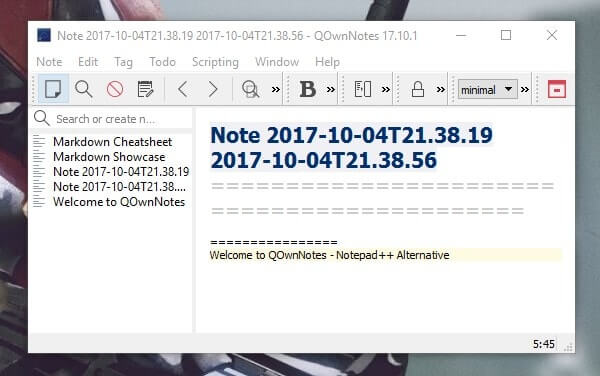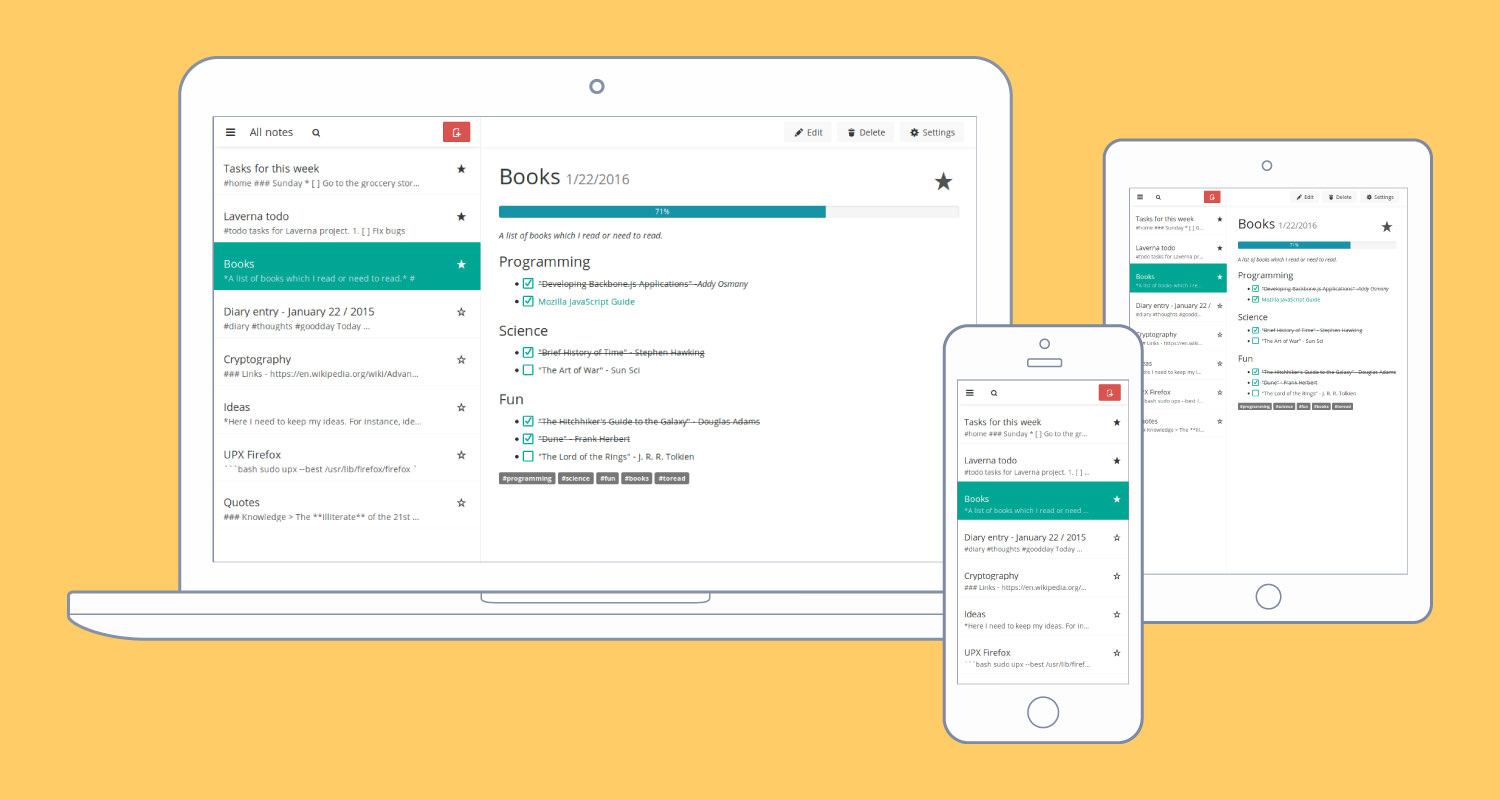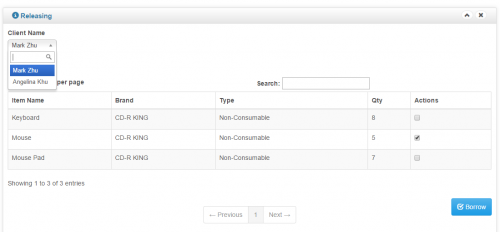

All you need to do is: pip install django This is a very good and useful tool that makes it very easy to install and manage packages. Then you will need to use pip to install Django. Once installed, open the CMD on Windows, Terminal on Mac and Linux. However, you can always install it and you should be able to install with ease regardless of the OSyou are using. That means if you are using a Mac, you don’t need to install it again unless maybe you’ve tampered or probably removed it while formatting your Mac. So if you are using Windows or Linux, you may need to download and install Python manually since they don’t come with it like it used to on Mac.



Furthermore, you can install a Virtual Environment which will not be covered in this article, but it’s a good practice. So in case you really want to know the differences between them, the Python wiki has break down the differences. However, I’ll be using 2.7 in this tutorial, but it does not really matter what you use. There are two major Python versions: 2.7 and 3.x. So lets’ get started! Setting up Python and Djangoīefore we can start building anything with Python or Django, you must first have both of them installed and set up. To see it abilities in action let’s build a simple TodoApp using Django. A python web framework that does all the heavy work for you and it allows for fast website development by providing a broad range of tools and shortcuts out of the box. This is because of the piece of code in the onCreate() method that defines and sets an OnClickListener to the FloatingActionButton: fab.Django is an awesome and powerful python web framework! It is simply a framework for creating powerful web applications. Adding functionality to the user interfaceĪt the moment, when the user clicks on the Add button, a ticker shows at the bottom of the screen.


 0 kommentar(er)
0 kommentar(er)
